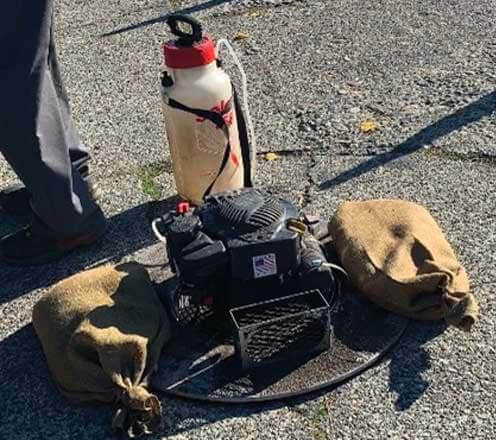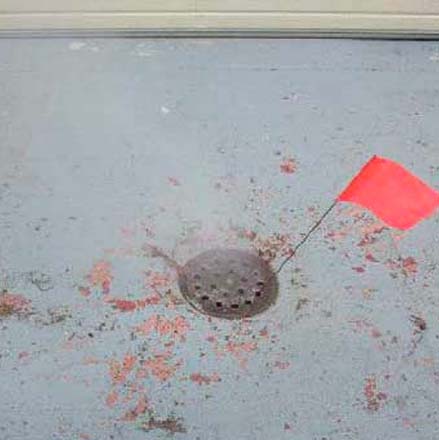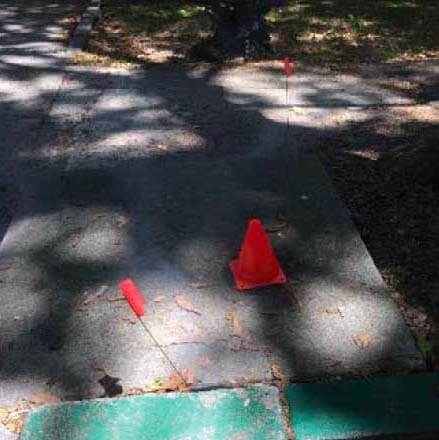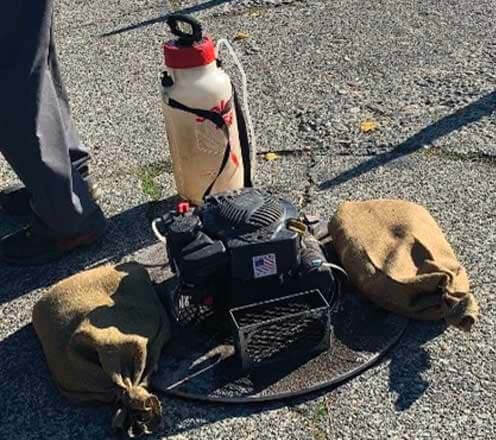Smoke testing is one of the oldest methods used to discover inflow and infiltration (I&I) issues into our sewer collection systems. Inflow occurs when surface water is able to enter a system through public or private sources. Infiltration occurs when groundwater enters through structural defects in private laterals, sewer pipes, and manholes.
Smoke testing has been an integral part of most Sewer System Evaluation Studies (SSES) as a way to quickly identify sewer cross connections with storm drain lines, structural defects in pipelines and structures, and to also locate illegal private connections like tie-ins to downspouts and surface drains, which is a significant source of inflow to a system during rain events. Smoke testing is also a good first step to quickly pinpoint areas where further, more detailed, investigations should be performed. Smoke testing can test large areas quickly and at a lower overall cost. Problem areas that are found through smoke testing can then be recommended for follow up investigations, such as Closed Circuit Television (CCTV) inspections.
The smoke testing process involves the introduction of a dense and consistent supply of smoke into the pipeline to be tested. The equipment used consists of powerful blowers that are placed on top of manhole rims, liquid smoke or smoke candles, traffic control and/or signage, personnel to walk along the alignment being tested to look for signs of smoke, flags to mark locations where smoke is seen, and a recording device or log sheet to take photos and input information documenting each smoke test.









